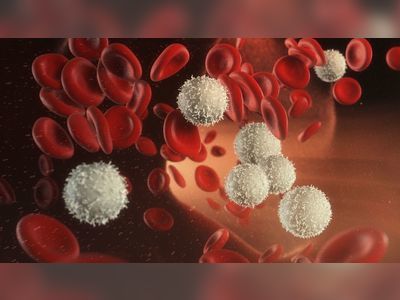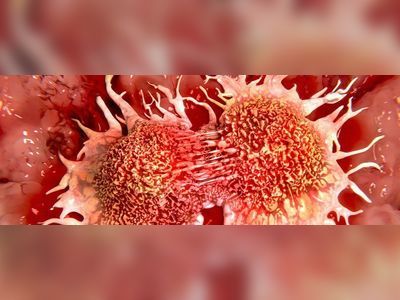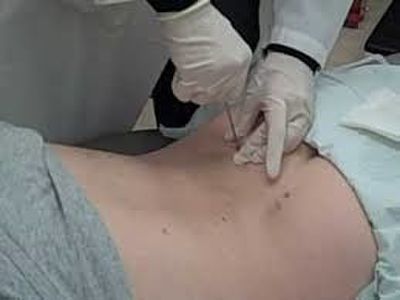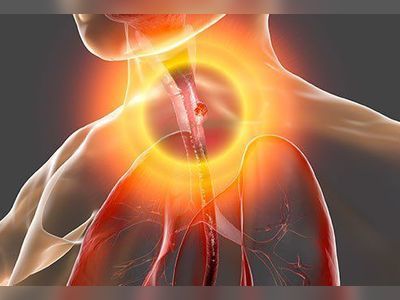
What Causes an Adhesion?
Anything that disrupts the healing mechanisms after an injury can cause adhesions. The injury can be a result of surgery, inflammation, infection or radiation.
Surgery
Abdominal surgery is the most common cause of abdominal adhesions. Every 93 out of 100 people who undergo surgery develop adhesions. The reasons can be anything from
Incisional procedures
Dehydration of abdominal organs
Contact of foreign bodies, such as gloves, with the tissues (when the foreign body remains inside the abdomen after the surgery)
Scar formation is a normal part of the healing process after surgery. However, when the scars thicken, it gets stuck between two organs. The resultant condition is known as abdominal adhesions.
Other causes of abdominal adhesions include inflammation/infection, such as
Pelvic inflammatory disease
Sexually transmitted disease (STD)
Crohn’s disease (chronic inflammatory bowel disease)
Diverticulitis (infection of the pouches that may form in your intestine)
Appendicitis (inflammation of the appendix)
Cholecystitis (inflammation of the gallbladder)
Peritonitis (inflammation of the membrane that lines the abdominal wall and the outside of the organs)
Pneumonia
Tuberculosis
Rheumatic fever (a disease that may develop after an infection, such as strep throat or scarlet fever)
Radiation therapy, (high energy waves) which is used to destroy tumor cells, can also increase your risk of adhesions
Adhesions can also be present by birth (congenital), though it is rare.
What does adhesion pain feel like?
Most adhesions do not cause any symptoms and are usually pain-free.
Pain is most commonly experienced in the following conditions
Endometrial adhesions: Pain is more of an internal stabbing rather than dull and persistent throbbing. It feels like something is pulling your abdomen inward.
Intestinal obstruction: Sometimes, adhesions can come in between the folds of the intestine and block it. This can cause intermittent bouts of crampy abdominal pain. If the adhesions cause complete intestinal obstruction, the abdominal cramps can be severe. Complete intestinal obstruction is an emergency condition. You will not be able to pass waste or gas from your body. This is also known as small bowel obstruction. Its other signs and symptoms include
Constipation
Bloating
Nausea
Abdominal swelling
Loud abdominal sounds
Fever
How do you get rid of adhesions?
It is not always possible to get rid of adhesions. The surgery to remove adhesions can itself cause more adhesions. If they are causing symptoms, such as discomfort or pain, your doctor may recommend surgery to remove them. This procedure is known as adhesiolysis.
Adhesiolysis can be performed in two ways
Open adhesiolysis: A single, large cut (incision) is made through the midline of your body, which can be extended to either side of your belly button to remove the abdominal adhesions.
Laparoscopic adhesiolysis: A tube-like camera is inserted through a single, small incision made into your abdomen to visualize and remove the abdominal adhesions.
Complete intestinal obstructions usually require urgent surgery to clear the blockage of adhesions. Most partial intestinal obstructions do not need surgery. Eating a low-fiber diet generally helps clear the blockage.











